|
by Dark Watcher |
|
|
Rumors concerning Microsoft and a console project began surfacing as early as 1999. Although they have been involved in PC
gaming for years, Microsoft initially became involved in the console hardware market with their operating system that ran
Sega
Dreamcast. There is a strong possibility that this motivated Microsoft to enter the console market. In March of 2000, the world's worst kept secret becomes public knowledge. After the opening of the Game Developers Expo, CEO Bill Gates delivered the keynote address and officially announces their new Xbox console to the world. Equipped with an Intel 733MHz Pentium III CPU, an Nvidia NV2a 250MHz graphics processor, 64MB of unified RAM, an 8GB hard drive, and out-of-the-box broadband Internet support, the Xbox was intended to be a major player in the console race. Although it shares numerous similarities, Gates stressed that the Xbox will not be a PC in a console's clothing. Whether it is or not is still debatable. The system uses a Windows 2000 kernel, a pared down system that has been streamlined specifically for games. Microsoft discouraged developers from including support for PC peripherals like the keyboard and mouse just to help console users feel at home. |
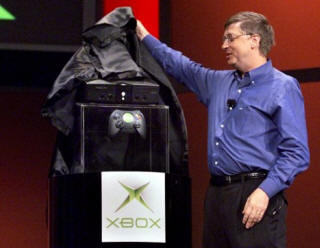 |
|
Ever since Nintendo released the NES, the console market has been dominated by Japanese developers. Companies such as Atari and
3DO have tried to break the trend, but inevitably failed. Microsoft would see to it that the Xbox would succeed. With over
500 million dollars geared toward the Xbox marketing campaign, they used their deep pockets to not only market the console, but to
also garner the software developer support that the console needed to appeal to gamers worldwide. The Xbox unveiled in full at the Consumer Electronics Show in Las Vegas in January 2001. With all the built in accessories, there would be no doubt that the Xbox can be noted as the largest home console in current history. Games would be in a DVD format which meant the console could also be used to watch DVD movies with the purchase of a separate remote. The remote was sold separately for $30 so that Microsoft could avoid pricey DVD licensing fees. The large bulky controllers seemed to be remodeled versions of their SideWinder PC game pads. Games could be saved either on the consoles 8GB hard drive, or via portable memory cards. The console would also be broadband ready (not 56k dial up) right out of the box. The console was very developer friendly with the ability to port PC games with ease. However early demonstrations of what was shown failed to illustrate that the Xbox was three times more powerful than its competition (as Microsoft had stated in their earlier March press conference). On November 15th 2001, Microsoft officially launched the Xbox console at an event in New York Times Square's Toys "R" Us. Over 18 games were launched with the console, but the main game to drive sales was a game called Halo. Microsoft reported over 1.5 million units sold from time of launch till the end of 2001. They also reported an average of 3 games sold with each unit. |
|
|
With success garnered in the US, Microsoft set their eyes abroad. After numerous delays the console was finally launched in
Japan on February 22, 2002. Understanding there would be skeptics among Japanese gamers, they saw to launching the system with
12 titles that catered to a more eastern flavor. Also complaints of the large bulky controller forced Microsoft to redesign it
to a smaller scaled down version. To commemorate the launch, Microsoft also released 50,000 special edition Xbox units only for
Japan. Unfortunately even with the major buzz Microsoft generated with the launch, the debut was marred by complaints from users
that the console was scratching game discs and DVDs causing some stores to halt sales temporarily. The problem was corrected to
the satisfaction of retailers, which then continued to sell the Xbox. Throughout the next few months, Microsoft struggled to
sell out their initial shipment of Xbox units. Analysts believed that the scratch incident and the lack of interesting software
for the Japanese market may have been the problem. A month after the Japan launch, the Xbox made its debut in Europe. Microsoft's hope to achieve the level of success as it had done in the US came close, but not close enough. Six weeks after the Xbox's European launch, they slashed the price of their Xbox console by nearly 40 percent. European gamers who already bought an Xbox got a free "thank-you package" from Microsoft, including two free games and an extra controller. Further worldwide price cuts triggered an early price war that was good for gamers. |
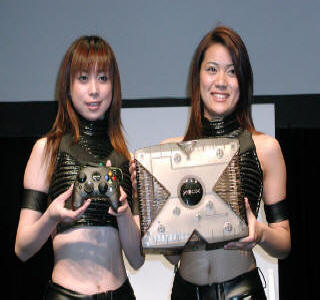 |
|
The Xbox console had a rocky start, but since then has brought aboard many talented 3rd Party software developers including old
hardware guru Sega. Microsoft also introduced their online strategy called Xbox Live. No matter how you look at it, the
Xbox is truly an amazing machine - one that broke the pattern of American made console failures. Though Microsoft dropped
support after the release of their Xbox 360 game console, Xbox games continue to live on thanks to the new consoles backwards compatibility. FACT: The Xbox Special Edition console and controller are wrapped in a plastic black translucent textured skeleton. The jewel portion will be black with silver lettering. Xbox Special Edition was designed specifically for Japanese gamers to commemorate the Xbox Japan launch. In addition to the standard AV Cable, an otherwise optional Xbox Component AV pack was also included in the package. Gamers could enjoy games designed for HDTV and Dolby Digital 5.1 with this Component AV Pack. Lastly, a silver-plated key chain was also included as a special accessory. The key chain featured an engraved number and signature from Microsoft Chairman Bill Gates. On a funny note, Microsoft had to also file for an injunction on a lawsuit filed by Florida based company Xbox Technologies for rights to use the Xbox brand name. |
|
 HANDS ON REVIEW HANDS ON REVIEWby Tan |
|
|
The Xbox for all intents and purposes, represents a melding of both innovations of the past and the standards of gaming consoles which
are common place today. You have standard equipment like memory cards alongside hard drives in the same system. Regular
dual analog sticks, largely unchanged from that of previous systems in many respects, that control (what was at that time) a complex
user interface with many new features. One minute your playing good 'ole Ms. Pac-Man via Xbox Live. The next you're
manipulating a character through a fully rendered 3D world with realistic physics. Some would call this the ultimate plug 'n'
play PC experience. I call it the bridge which spans the gap between simpler, mainly video game oriented machines of the 90's
and the complex, multi-function home entertainment, social networking machines we have today. Now your probably thinking that very little of the Xbox in its design, technology or services was truly innovative at the time. Of course you'd be right. What Microsoft did that made it important to gaming as an industry, was merge all of these great ideas and roll it into one machine. They did that by mixing the game console experience with that of PC gaming in a way that was more accessible to the general population. How that differs from its direct competitors, the Sega Dreamcast, the Sony PlayStation 2 and the Nintendo GameCube, is that games from the PC library came to our televisions without a lot of sacrifices in quality and that the online multiplayer aspect was present as well. Counterstrike from the couch? Buy an Xbox. Couldn't keep up with the crazy system specs required to run the latest and greatest PC games like The Elder Scrolls III: Morrowind? Then maybe like me you bought an Xbox instead of a new video card. |
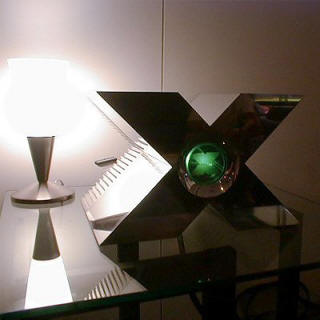 Rather cool Xbox concept model |
| At first glance, this thing is a huge brick of black plastic. Even today jokes are still being told as at the time it was unprecedented in size and weight. After all, it's not like your going to fit a computer inside anything less than a case nearly the size of a desktop PC! Something that's 32.0 centimeters by 10.1 cm by 26.0 cm (12.6 by 4.0 by 10.2 inches) and weighing 4 kilograms (8.8 pounds) wasn't really meant for your standard entertainment center. At least not without occupying the space your stereo receiver should be taking. | |
|
Unlike many gamers, I actually preferred the larger controller that was sold at launch. The "Duke" as it has been called, just
feels more solid and the larger frame with wider button placement screams comfort for those of us with larger hands. With games
like Project Gotham Racing, I soon came to appreciate the analog triggers as opposed to the clicky shoulders buttons on controllers I
had used in the past. Caught somewhere between a Sega Dreamcast design and that of the PlayStation it wasn't hard to get used
to. The D-pad however is absolutely atrocious. You can tell it's not there to serve any primary function and 2D games, few as
they were, suffered for it. Looking back on the Xbox through hindsight and eight years of experience with it I realize how it has impacted both my own playing and the industry at large. The fine line between PC and console is a whole lot thinner and in some ways PC gaming has suffered because many developers and publishers are looking at it now as a secondary market. What the Xbox did was show how many games that were traditionally on the PC, could be marketed on a console with equal or better sales. A developer could port a PC game to the Xbox or the other way around and double their sales or better. While the same could be said of its competitors at the time, the Xbox had a distinct advantage with its PC-based heritage. In most cases (like Morrowind for example), the Xbox already beat the minimum hardware requirements for running the games on a PC but without the operating system bottlenecks. These PC ports started a tide of games that could now make the console jump and let Microsoft introduce new gamers to a wide-ranging variety of genres and franchises without the decades of established console history its competitors enjoyed. |
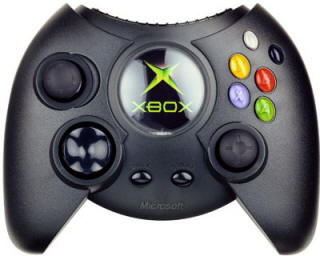 |
|
All of this in turn created a system with an appeal for older gamers. Not that the Xbox didn't try to market titles for family
gaming or younger audiences but the majority of its games hit their stride to a 20-something male demographic. I was among that
demographic and being a PC gamer at the time I saw the Xbox as a way to have my cake and eat it too. While I didn't get a
Baldur's Gate III on the PC I got two Baldur's Gate: Dark Alliance games instead. When I was disappointed in the lack of
progress in the Mechwarrior franchise, I got Mechassault. The more I moved away from expensive upgrades to keep up with the
latest and greatest PC games the more I was glad that I had an Xbox. When I turned twenty-six years old in 2004 my wife bought me Star Wars Knights of the Old Republic II. My PC at the time couldn't match the recommended specs without upgrading it and the Xbox release came out a couple of months before the PC version did. So the holiday season that year found me sitting on a couch, comfy controller in hand, playing a game on a 27" TV with Cerwin Vega speakers pounding out 5.1 that just a few years earlier would have been on a 19" screen with PC speakers and a keyboard. Yes that cake was good indeed! |
|
|






 2010s - NOTES
2010s - NOTES


 MODELS
MODELS
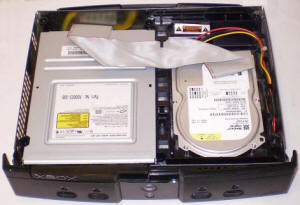
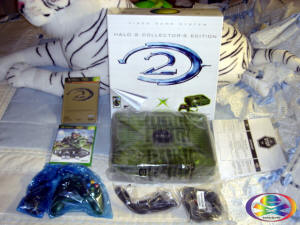

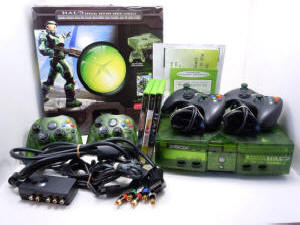
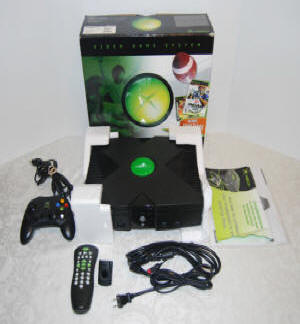
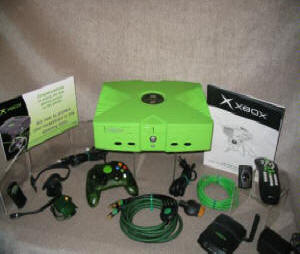

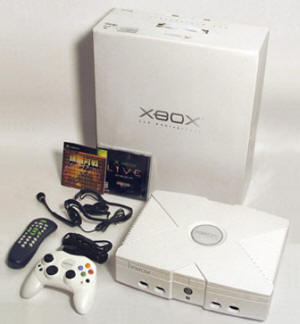
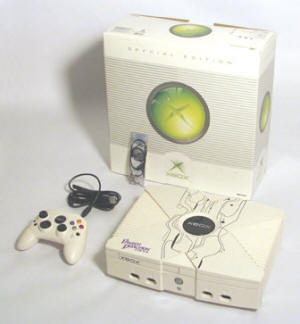
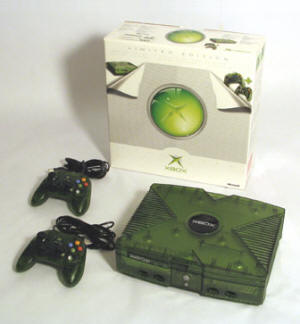
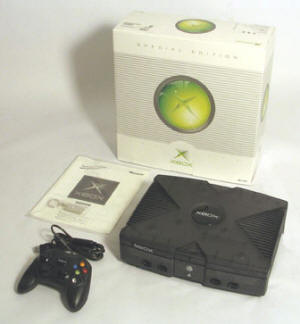
 CLONES
CLONES CONSOLE RATINGS
CONSOLE RATINGS
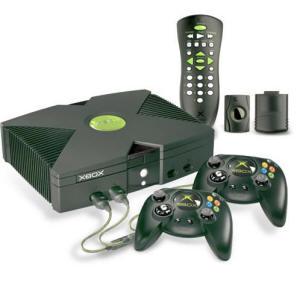
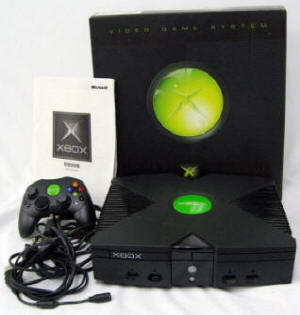
 FORMAT, PACKAGING & GENERAL INFO
FORMAT, PACKAGING & GENERAL INFO
 SCREENSHOTS
SCREENSHOTS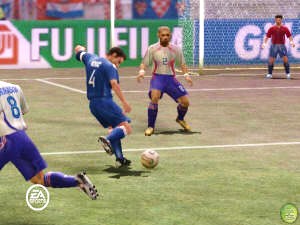

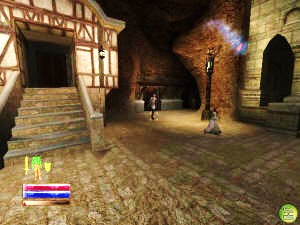
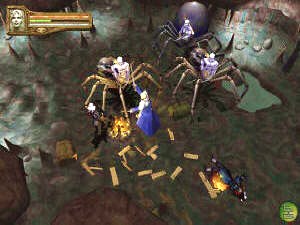
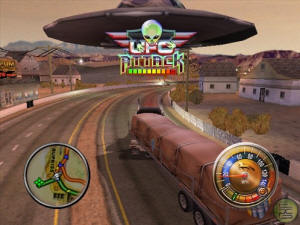
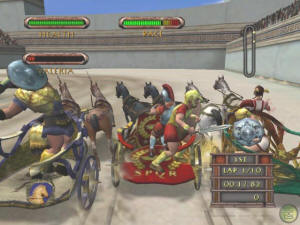
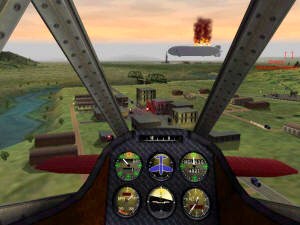
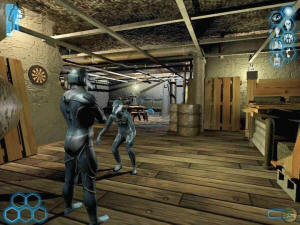
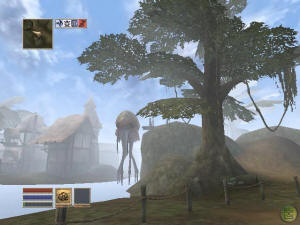
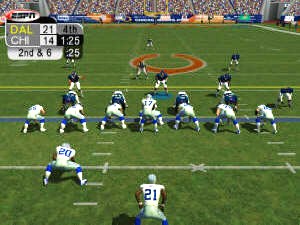
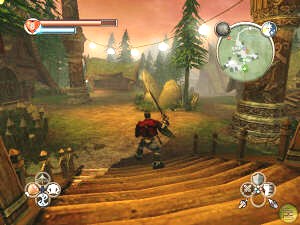
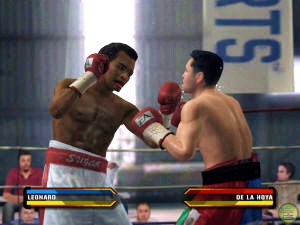
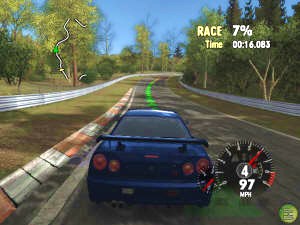
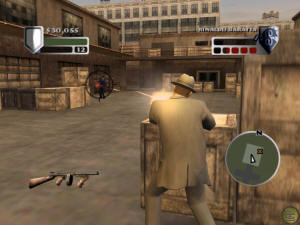
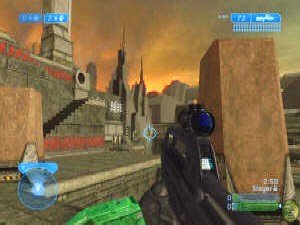
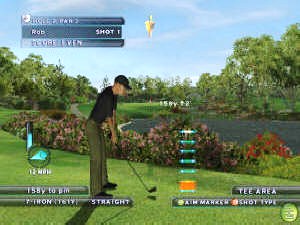

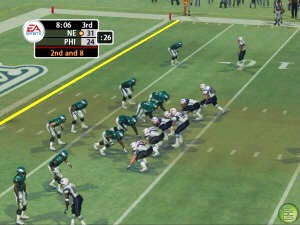
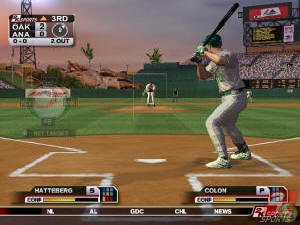
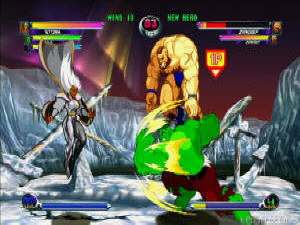

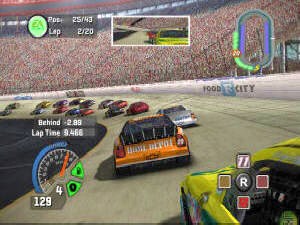
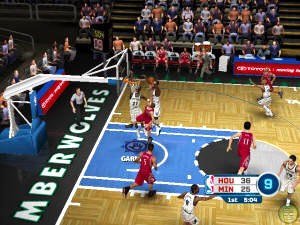

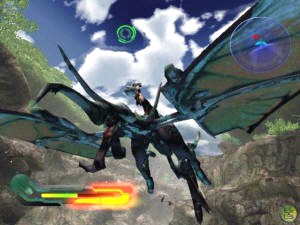
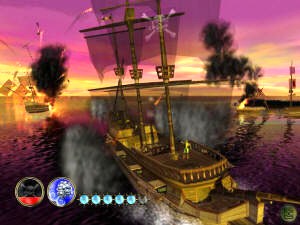

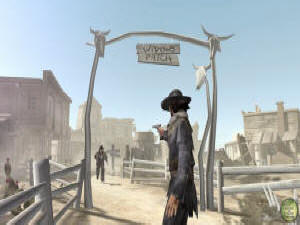
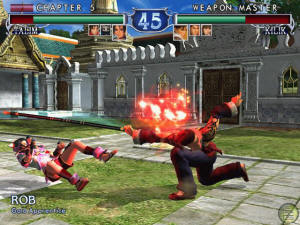
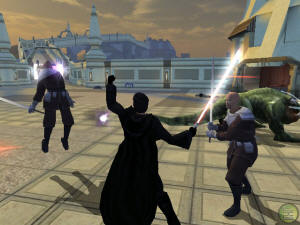
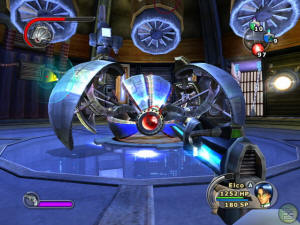
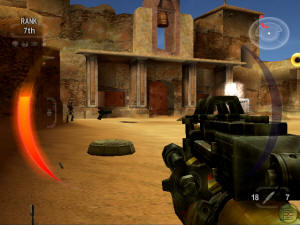
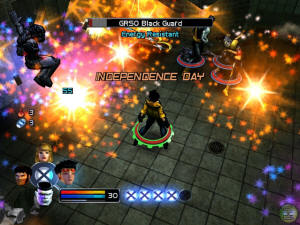
 EMULATION
EMULATION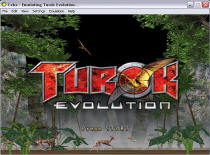
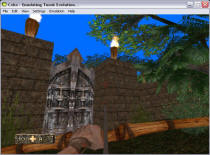
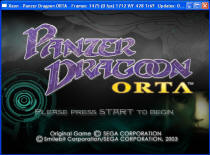
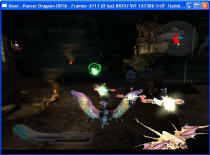
 SPECS & MANUALS
SPECS & MANUALS OTHER
MEDIA
OTHER
MEDIA WEB RESOURCES
WEB RESOURCES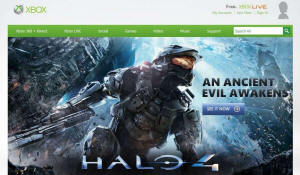
 DISCUSS
DISCUSS